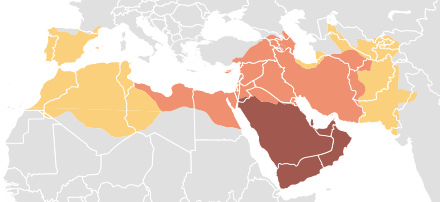

Stretching the spring past it’s elastic limit, at which point the relationship between force and extension is no longer proportional and the spring does not return to it’s original size when the masses are removed.Inaccurate measurement of the length or extension due to human error.Possible causes of error in the experiment include: The gradient of the line is equal to the spring constant of the spring used In the experiment. Plotting a graph of force and extension should produce a directly proportional line as shown in the Hooke’s law section above. Using an elastic material, such as a spring, add masses to the spring and measure the extension with each mass added. You need to be familiar with the practical method to investigate the relationship between force and extension (Hooke’s law) After the elastic limit, the object no longer returns to it’s original shape.The extension of an elastic object is proportional to the force acting on it until it reaches it’s elastic limit ( limit of proportionality).This can be represented by the equation (you DO need to remember this equation for your exam): The extension of an elastic object is proportional to the force acting on it. EPE released (transformed into Kinetic Energy) when the ball is released.EPE stored in the ball while it is squashed.EPE released (transformed into Kinetic Energy) when the catapult is released.EPE stored in the catapult while it is stretched.Work done/energy used to stretch catapult.The EPE is released when the object springs back to it’s normal shape.Elastic materials store Elastic Potential Energy.A force can cause an object to change shape.Chris needs more energy for the climb because he weighs more.Calculate the work done by each of them during the race.

Chris weighs 600N and Alison weighs 400N. It can be calculated using the equation (you DO need to remember this equation for your exam):Ī race up Ben Nevis starts in a car park 50m above sea level. Work done is a measurement of how much energy is required to move an object. The temperature of the object and surface will increase. Energy used against friction is transformed to heat. Friction acts in the opposite direction to the motion. Friction is a force that occurs between two surfaces which are in contact and trying to move past each other.


 0 kommentar(er)
0 kommentar(er)
